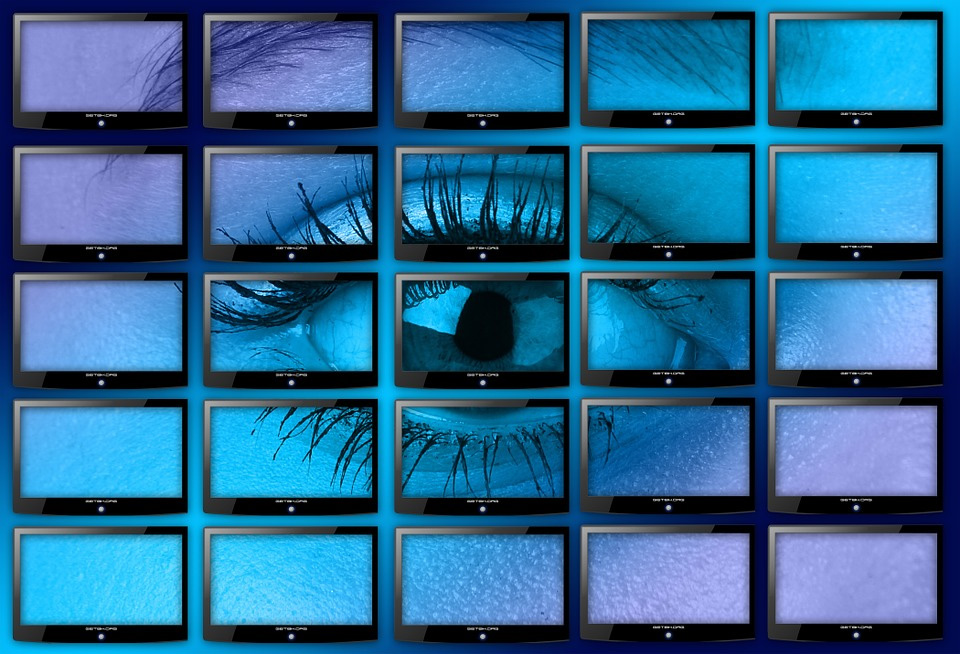Blue-phase liquid crystal opens door to 1,500 DPI displays
Higher density displays could be big for VR headsets.

Researchers have developed a new type of blue-phase liquid crystal that could allow for computers monitors, televisions, and other displays to cram significantly more pixels into the same space while using less power than what's needed to run today's displays, The Optical Society reports. One of the big upsides to this would be the potential for better VR headsets.
The idea of a blue-phase LCD is not a new one. Samsung built a prototype nearly a decade ago, though the technology hasn't gained much traction since then because it requires a lot of voltage and has a slow capacitor charging time.
Undeterred, a team of researchers at the University of Central Florida's College of Optics and Photonics (CREOL) worked with collaborators from LCD maker JNC Petrochemical in Japan and display maker AU Optronics in Taiwan.
Current displays use thin film transistors to deliver whatever voltage is required to control light transmission in each pixel. Each LCD subpixel contains red, green, and blue filters that are used in combination to produce different colors for the eye to see. For example, white is created by combining all three colors.
The neat thing about blue-phase liquid crystal is that the switching of lights can be done around 10 times faster. This increase in performance means that light doesn't have to pass through color filters.
"Today’s Apple Retina displays have a resolution density of about 500 pixels per inch," said Shin-Tson Wu, who led the research team at CREOL. "With our new technology, a resolution density of 1,500 pixels per inch could be achieved on the same sized screen. This is especially attractive for virtual reality headsets or augmented reality technology, which must achieve high resolution in a small screen to look sharp when placed close to our eyes."
The other benefit is that blue-phase liquid crystal triples the optical efficiency because light doesn't have to pass through color filters. And since colors are coming directly from red, green, and blue LEDs, display colors are much more vivid without the color cross-talk that can occur with regular filters.
The biggest gaming news, reviews and hardware deals
Keep up to date with the most important stories and the best deals, as picked by the PC Gamer team.
Wu says that the next step is to work with the industry to build a working prototype, which he believes will be done within the next year.
Paul has been playing PC games and raking his knuckles on computer hardware since the Commodore 64. He does not have any tattoos, but thinks it would be cool to get one that reads LOAD"*",8,1. In his off time, he rides motorcycles and wrestles alligators (only one of those is true).
Most Popular





